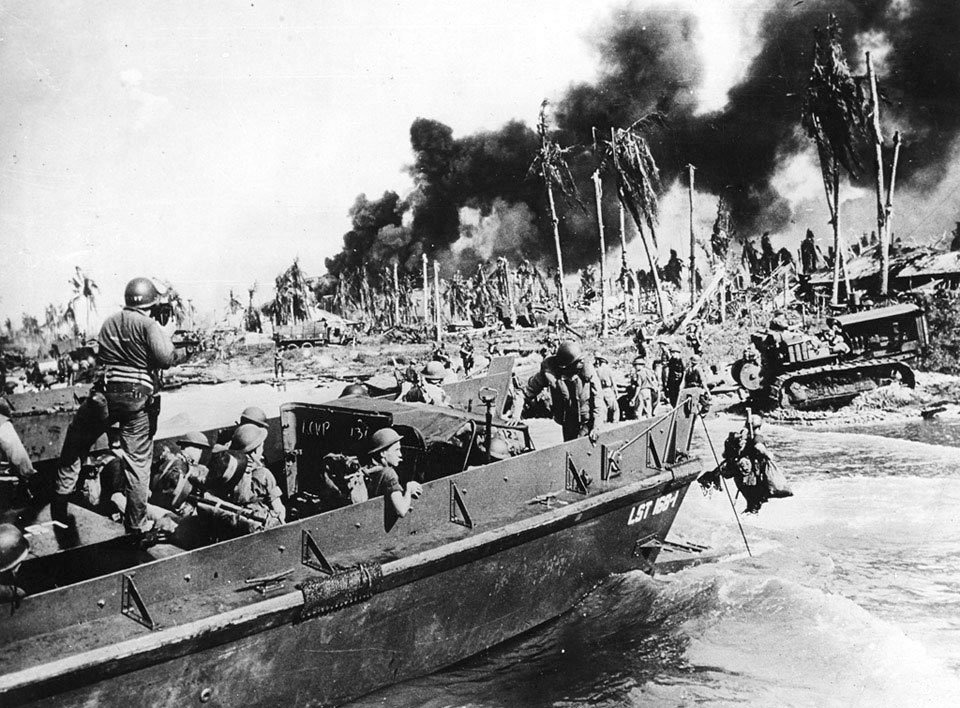
Borneo Campaign
Last major Allied offensive in the South West Pacific
1 May - 15 August 1945
The Borneo campaign was the last major Allied offensive in the South West Pacific during the Second World War. In a series of amphibious landings, Australian troops attacked the island. The goal of the campaign was to defeat the Japanese forces on Borneo and thus retake the Dutch and British possessions on the island.
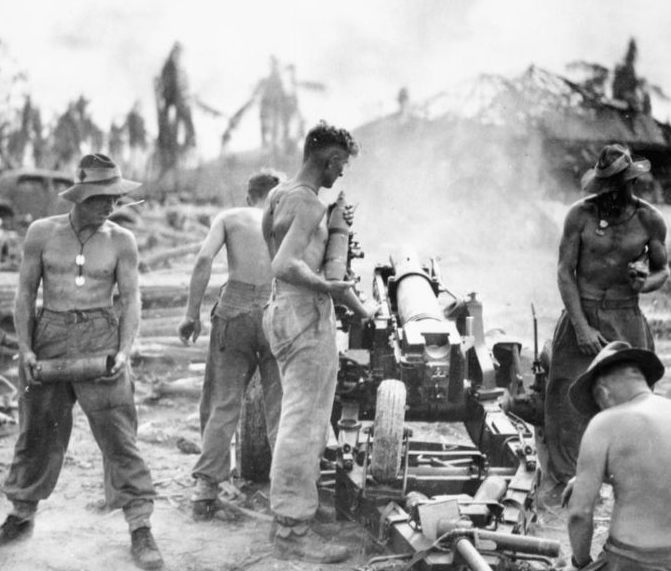
1 of 2
In early 1945, the Americans asked the Australians to plan a series of landings on Borneo, an island divided into four sovereignties: two Dutch, two British. Air fields, oil fields and refineries gave the island added luster as an objective. Yet it never seemed plausible that these could be made serviceable in time to assist the Allied war effort. The American blockade already ensured that Borneo’s oil was doing little good to the Japanese. The view was widely held that the only purpose of the operation was to keep other Allied forces off America’s pitch for the last round of the Pacific War.

2 of 2
None of Borneo’s inhabitants had encountered within living memory such a large-scale conflict, where fast flying airplanes dropped devastating bombs, cannons from offshore ships bombarded the coast, and well-armed soldiers stormed the beaches. It was an unimaginable scenario unheard and unseen by anyone there before.
The Japanese military occupation of Borneo, a period of about three years and eight months, beginning in 1942, was an unsettling time. Daily life in occupied Borneo became increasingly stressful. As the occupation lengthened, the situation worsened. Acute shortages affected practically all items, from soap to rice to cloth; everything seemed to disappear from the shelves of once abundantly stocked Chinese shophouses in the bazaar. Having less food on the table was tolerable, but being slapped for failing to bow to the Japanese sentry was humiliating. The Japanese occupation not only had a dramatic impact but also brought about serious and radical developments in its aftermath.
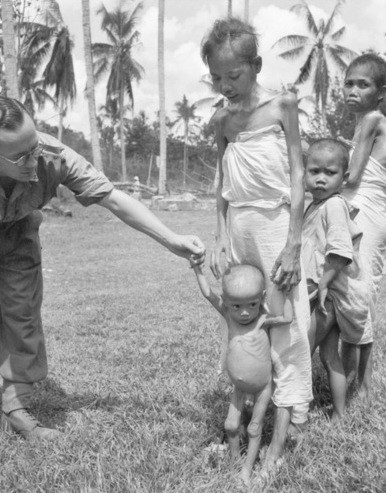
1 of 5
Prices of goods, especially rice and other foodstuffs, began to increase, and more and more of the Japanese-issued paper currency had to be transacted for a bowl of beehoon (rice vermicelli) or a small bottle of cooking oil. Indigenous peoples reverted to their traditional ways, for example in fire-lighting methods, for want of matches.

2 of 5
Although the occupation was only a brief interval, it was a significant catalyst for change that manifested itself during the postwar period. By the late 1940s, all territories across Borneo, with the notable exception of Brunei, had undergone changes in political status and governance.

3 of 5
Worse still was the fear that one’s loved ones or neighbors might be taken away by the Kempeitai, the Japanese secret military police. There was a climate of uncertainty, that someone close by might be the next victim. Stories of horrific, inhumane treatment at the hands of the Kempeitai were revealed as unbelievably true when those who survived told of the tortures.
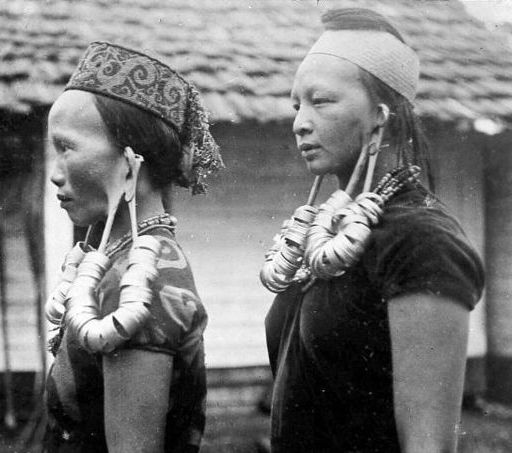
4 of 5
Overall among the peoples of Borneo there was heightened and accentuated ethnic consciousness, communal identity and concern over parochial interests and rights concerning one another. Armed with this awareness, there were different courses of action taken by the inhabitants of the various territories. The multi-ethnic population of Sarawak and North Borneo together with those in Brunei decided on continuity with their pre-war British protector. Brunei continued as a British protectorate while Sarawak and North Borneo converted into British Crown Colonies.

5 of 5
The diverse peoples of Kalimantan decided on change rather than continuity after the war. Although some groups, for instance the Dayaks, worked with the Dutch in a federalist framework, the majority embraced the Republican cause and rejected their former less than benign colonial masters. For better or worse the peoples of Kalimantan opted for change.
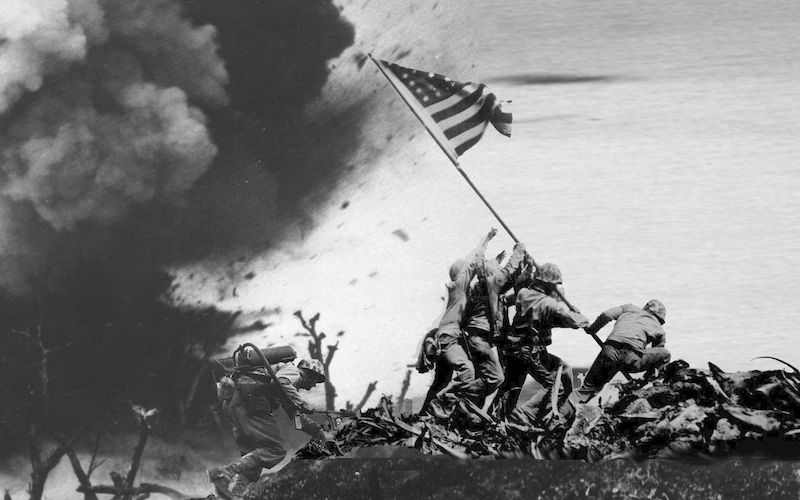
Battle of Iwo Jima
During the Battle of Iwo Jima American marines landed on the island of Iwo Jima and eventually captured it from the Japanese Army.
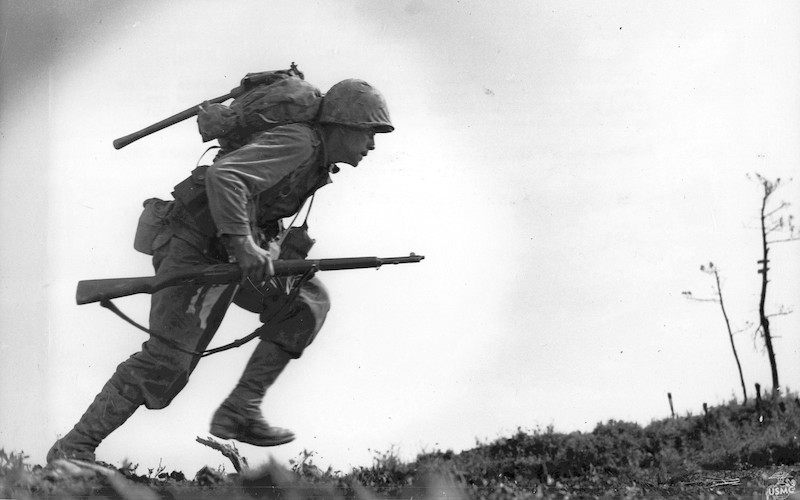
Battle of Okinawa
During the last stage of the war against Japan, the US invaded the Japanese island of Okinawa. The fierce japanese resistance convinced the American policymakers to make use of the Manhattan Project's atomic bombs and not to invade the main Japanese islands.
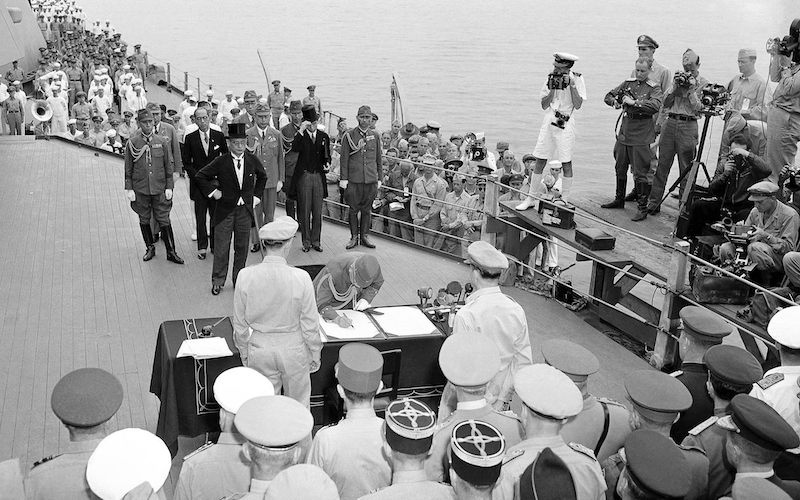
Surrender of Japan
Our modern wars make many unhappy while they last and none happy when they are over - Johann Wolfgang von Goethe
- Gerhard L. Weinberg, A World at Arms A Global History of World War Two, Cambridge University Press, Cambridge, 1994
- Williamson Murray, Allan R. Millett, A War To Be Won Fighting the Second World War, Belknap Press, Cambridge, Massachusetts, 2000
- David Horner, The Second World War, The Pacific, Vol 1, Osprey Publishing, Oxford, 2002
- Max Hastings, Retribution: The Battle for Japan, 1944-45, Alfred A. Knopf, New York, 2007
- Ooi Keat Gin, The Japanese Occupation of Borneo, 1941-45, Routledge, New York, 2011





